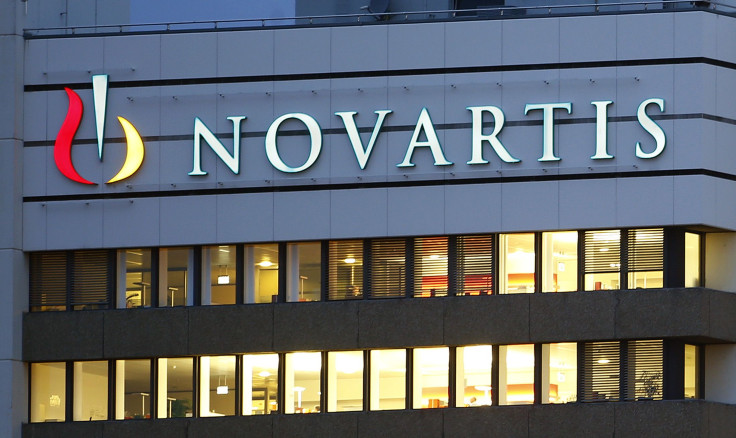What Are Biosimilars? Zarxio, First Drug Of Its Kind Approved In US

The FDA’s approval of Zarxio, the first biosimilar product authorized for use in the United States, led to a flurry of predictions Friday about billions of dollars in savings and expanded access to treatment for patients. But what exactly are biosimilars, and why are they being hailed in this way?
In order to understand biosimilars, one first has to go back to biologics, which are medical products – like medications, or drug therapies – that are derived from living things or organic material, be they human, animal, bacteria or yeast. Biologics can include vaccines, blood and blood products, and gene and stem cell therapy. Manufacturing biologics is a highly complicated process of turning proteins into medicines; unlike most chemical drugs, biologics involve large and complex molecules. These medications are used to treat serious conditions and illnesses, such as cancer, rheumatoid arthritis or multiple sclerosis.
Biosimilars are very similar to biologics – copies of them, in a sense. Patents for biologics have begun to expire since companies began developing the first biologics in the 1980s, and other companies have been able to experiment and create near copies, which are known as biosimilars.
“We are now at a point where some of the exclusivity is ending,” Seth Ginsberg, co-founder and president of the Global Healthy Living Foundation, said. “Biosimilars are what will be manufactured by other competing companies.” But, he warned, “We have to be careful because they’re not exactly the same and therefore they should not be treated the same.”
In order to be approved by the FDA, a biosimilar has to be highly similar to the biologic it copies. It has to work using the same mechanism, and it has to be just as effective and safe as the original drug.
Zarxio, the very first FDA-approved biosimilar in the United States, is modeled after the biologic Neupogen, which is used to treat neutropenia, a dearth of white blood cells that can be a result of cancer or other medical issues or therapies. One dose of Neupogen can cost to $315 to $500, and a patient could have several injects per week, the Wall Street Journal reported. Novartis, the drug company that owns Zarxio-maker Sandoz, will not disclose the price of Zarxio until it reaches the commercial market in Europe, where the first biosimilar was approved nearly a decade ago.
Although biosimilars -- which are about 20 to 30 percent less expensive than the original drugs -- are supposed to be highly similar to biologics and equally effective, they are not necessarily interchangeable with the drugs they imitate, Ginsberg warned. The FDA made this very clarification when it approved Zarxio, stating in part, “Zarxio has been approved as a biosimilar, not as an interchangeable product.”
“We’re trying to make sure that when a biosimilar for biologic switch occurs in the future, it happens responsibly,” Ginsberg said.
© Copyright IBTimes 2024. All rights reserved.












